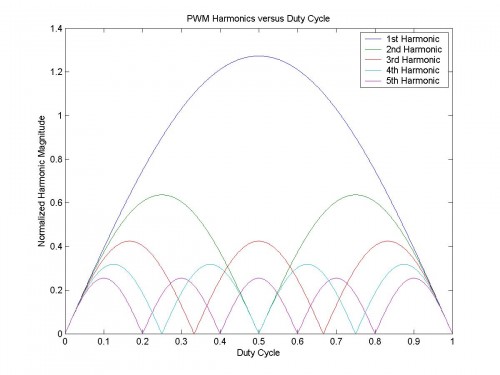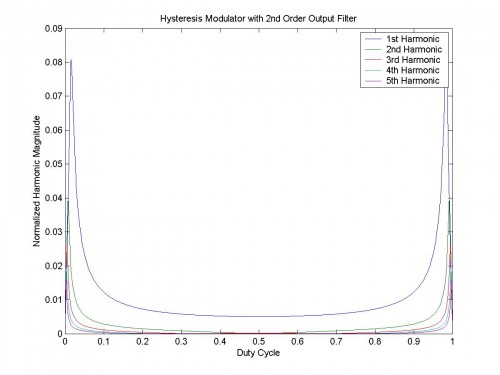“We aren’t making the best products just because some customer suggested them to us, or even assured us of big orders, but because we have a passion to bring some art, in which we have a large personal investment, to the pinnacle of perfection.” – Barrie Gilbert

This quote comes from Ch. 18, “It Starts with Tomorrow”, of The Art and Science of Analog Circuit Design. If you love analog circuits, then this book should be placed right next to your copy of The Art of Electronics, if it isn’t there already. Please refer to this IEEE article, “The Gears of Genius“, for more on this amazing designer.
There is a section of this chapter that deserves a brief summary – a bit of pseudohistory entitled “History through Dark Glasses”:
“…the first step to a successful product is thorough market research,” reads a young Thomas Edison in his new copy of “Yours is the Market: How to Find Out What People Really Need and Thereby Become Rich and Famous” by Harvard professor Yucan Sellum. It is essential, says professor Sellum, to listen to the “Voice of the Customer” (VOC). Young Mr. Edison now goes door-to-door to conduct the needed market research asking if his potential customers see any possible improvements in the way they light their homes.
Door 99
“First, if you can invent a stronger, brighter gas mantle, people will beat a path to your door. Those durned things are always breaking! And second, if you can invent a way that causes leaking gas pipes to be self-healing, you’ll quickly find yourself off these streets.”
Door 100
“Now, if you find a way to make our oil-lamps burn twice as bright and and twice as long from one filling, that would be something you could sell.”
Edison returns to his lab, dejected. He has adhered to professor Sellum’s advice that he must conduct his marketing research “in such a way that…one only elicits those facts which the customer freely wishes to impart to the researcher.” “Too bad nobody ever asked me if I had any ideas of my own,” sighs Edison as he gazes at his new tungsten lamp powered by a generator spinning in the basement…he then writes:
“Trip Report, 18th November, 1878. Spent all day doing a VOC in Menlo. Spoke with 100 people re lighting improvements; got good info. from 83….Action Item: Write Product Development Proposal re Improvements to Gas Mantles and Oil-Lamp Wicks. Do before Monday exec. council mtng. Call KJ to consider weaknesses in present methods of mnfng mantles.”
After your masterpiece is created you must listen carefully to your customers and adapt quickly. However, for that first critical, tenuous, and beautiful spark, you must listen only to the inner dynamo that drives you to create that which has never before existed.





